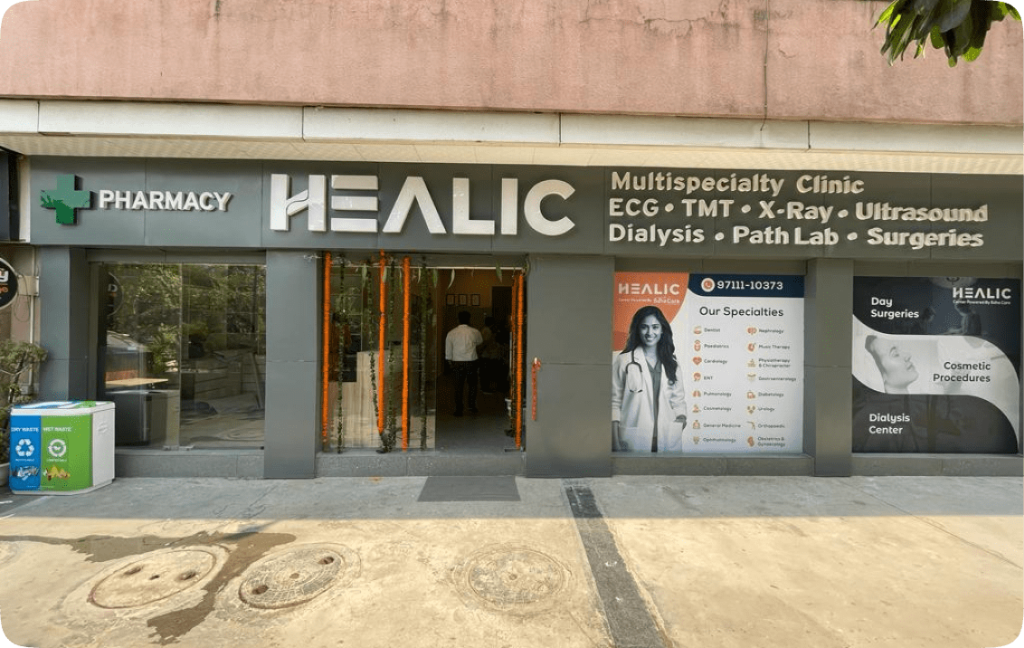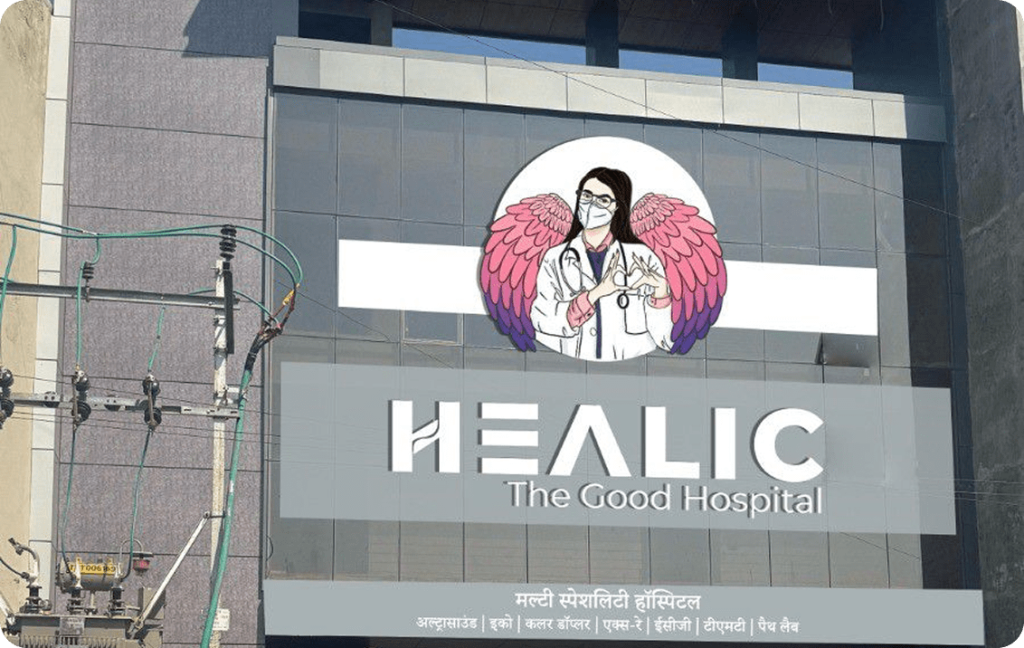Why does
Sunburn Happen?

UV Radiation
The sun emits two types of UV rays—UVA and UVB. UVB rays are primarily responsible for sunburn, as they penetrate the skin’s outer layer, causing damage to skin cells.
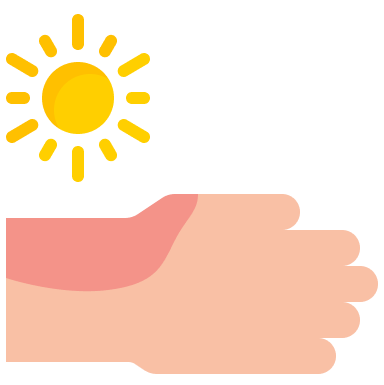
Body’s Response
When skin cells are damaged by UV radiation, the body responds by increasing blood flow to the affected area, resulting in redness, inflammation, and the painful sensation of a burn.

Melanin Production
The skin produces melanin, a pigment, to protect itself from UV radiation. When the exposure overwhelms melanin’s protective capacity, sunburn occurs.
Most effective
Treatments for Sunburn
How it works: Chemical peels involve applying a solution to the skin that exfoliates the outer layers, promoting the growth of new, healthier skin.
For Sunburn: They can help remove damaged skin and improve discoloration or texture changes caused by sunburn. However, they should be used cautiously and not on severely sunburned skin, as this can worsen irritation.
How it works: This technique involves using a device to gently exfoliate the outer layer of the skin with fine crystals or a diamond-tipped wand.
For Sunburn:Microdermabrasion can help remove dead skin cells and improve the appearance of sun-damaged skin. Like chemical peels, it should be avoided on freshly sunburned skin to prevent additional irritation.
How it works: Laser treatments use focused light to target and remove damaged skin layers or stimulate collagen production for skin rejuvenation.
For Sunburn: Lasers can address hyperpigmentation, redness, and textural issues resulting from sunburn. They are often used for more severe or chronic sun damage. It’s essential to wait until the skin has healed before undergoing laser treatment.
How it works: Chemical peels involve applying a solution to the skin that exfoliates the outer layers, promoting the growth of new, healthier skin.
For Sunburn: They can help remove damaged skin and improve discoloration or texture changes caused by sunburn. However, they should be used cautiously and not on severely sunburned skin, as this can worsen irritation.
How it works: This technique involves using a device to gently exfoliate the outer layer of the skin with fine crystals or a diamond-tipped wand.
For Sunburn:Microdermabrasion can help remove dead skin cells and improve the appearance of sun-damaged skin. Like chemical peels, it should be avoided on freshly sunburned skin to prevent additional irritation.
How it works: Laser treatments use focused light to target and remove damaged skin layers or stimulate collagen production for skin rejuvenation.
For Sunburn: Lasers can address hyperpigmentation, redness, and textural issues resulting from sunburn. They are often used for more severe or chronic sun damage. It’s essential to wait until the skin has healed before undergoing laser treatment.
Find your expert
You can
trust us!
Team of
Expert
Doctors
35+k
Satisfied
patients
4.9/5
Google ratings
You can trust us!
Team of
Expert
Doctors
35k +
Satisfied Patients
4.9/5
Google Rating
Identify your skin for
Best Solutions
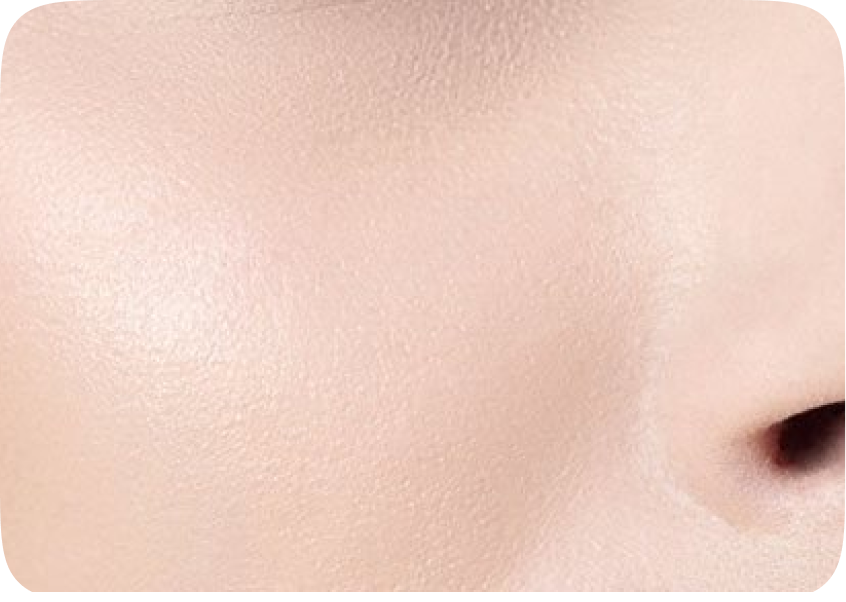
Normal
Normal skin is well balanced: neither too oily nor too dry
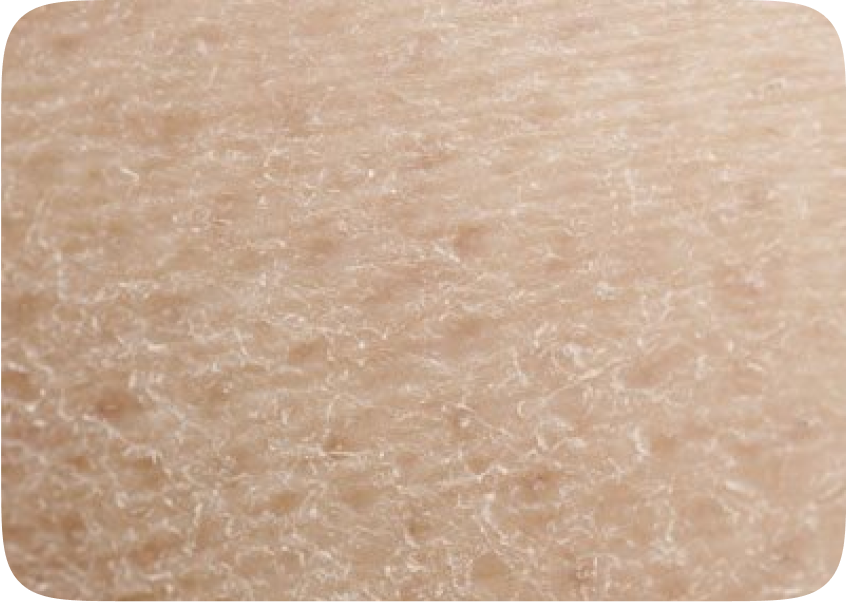
Dry
Dry skin can feel tight and rough and look dull
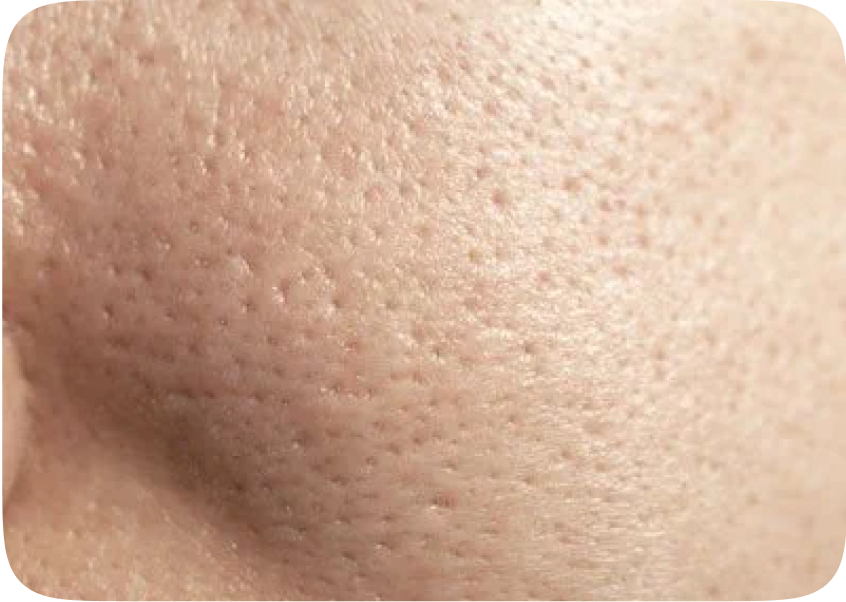
Oily
Oily skin has a glossy shine and visible pores
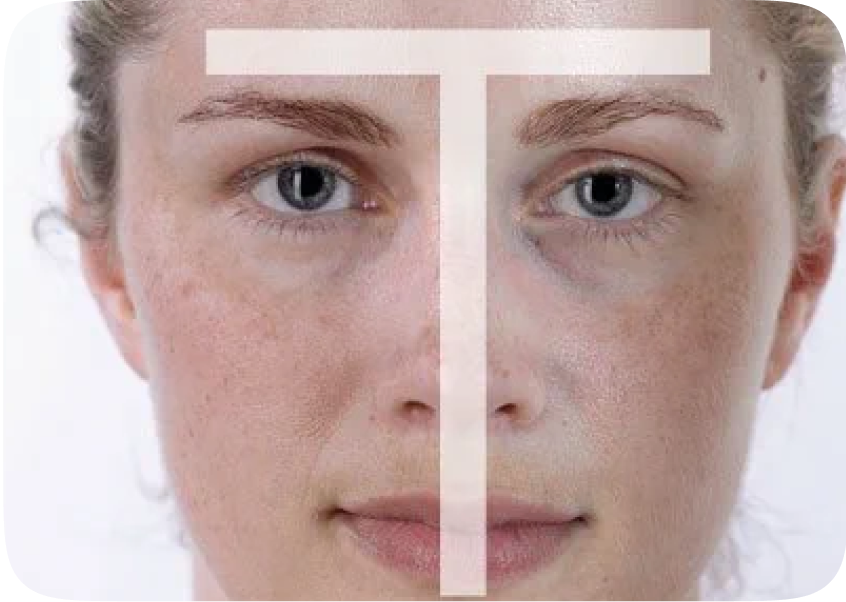
Combination
Skin types vary between the T-zone and the cheeks on combination skin.
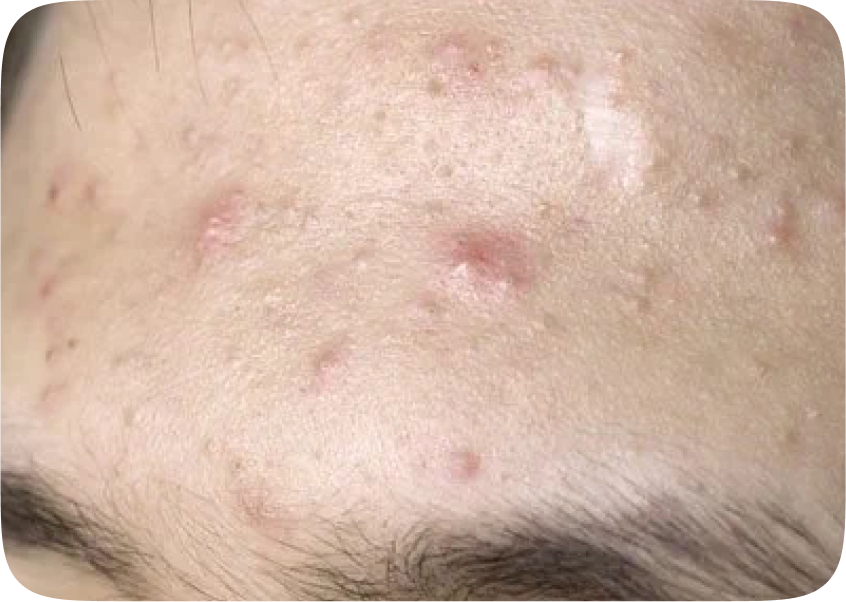
Acne
Acne concerns often appear in the T-zone, especially during puberty.
Healic Near you
Convenient Locations
Specialised
Expertise
Tailored
Support
Safe
Environment
Holistic
Care
Doctor
Consultation
Continuous
Support
See the Difference
Before & After Sunburn Treatment
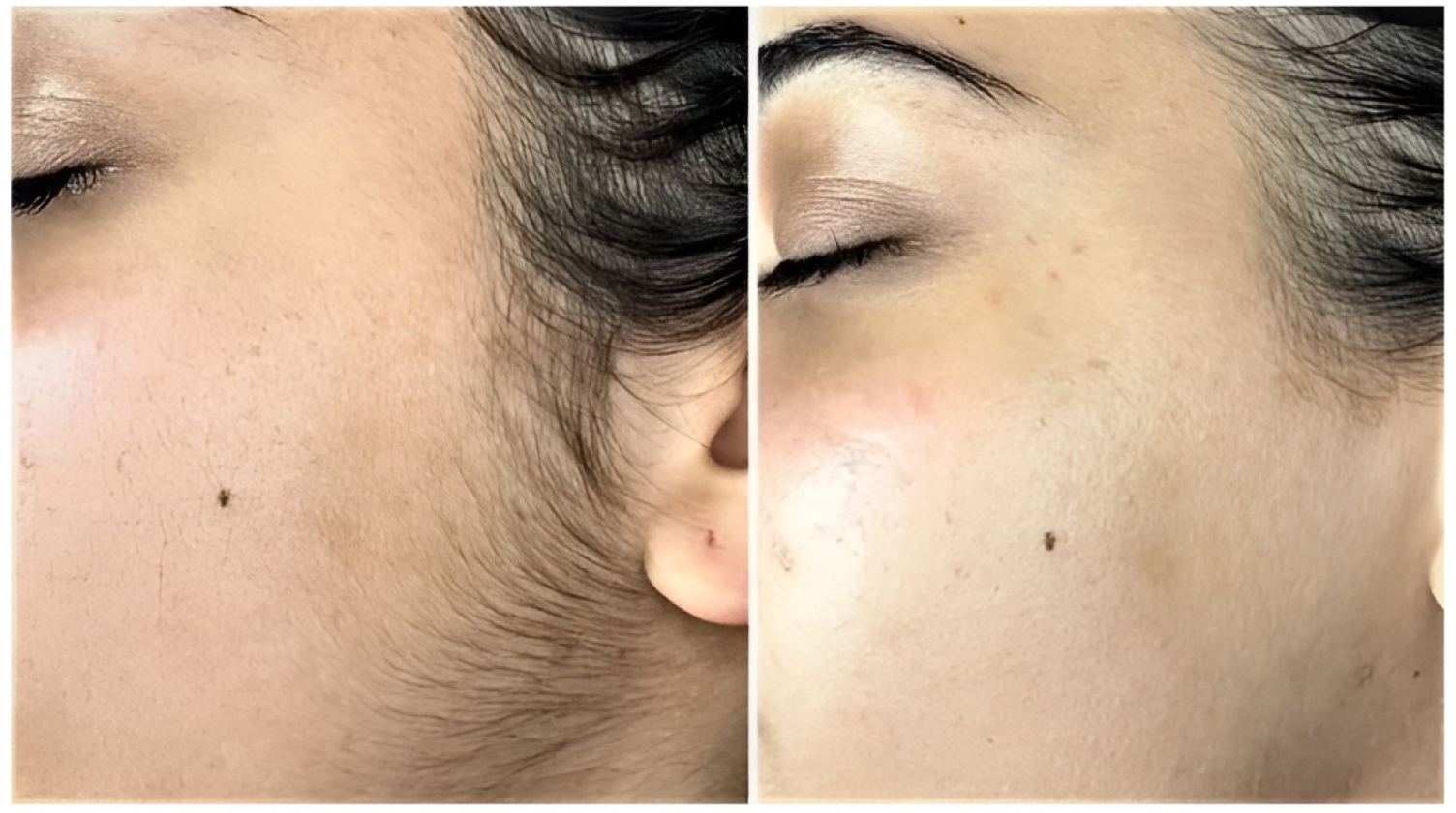
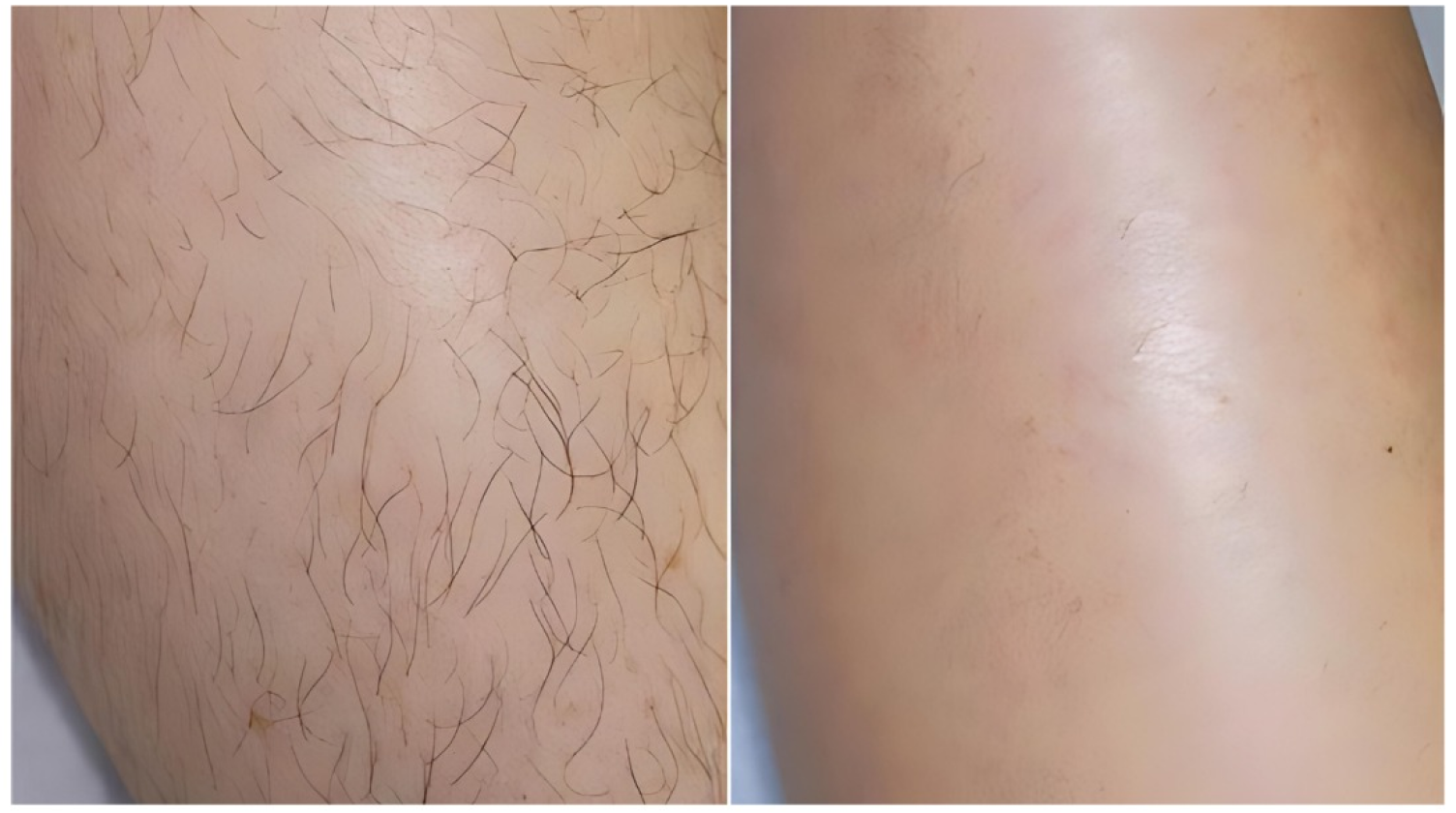
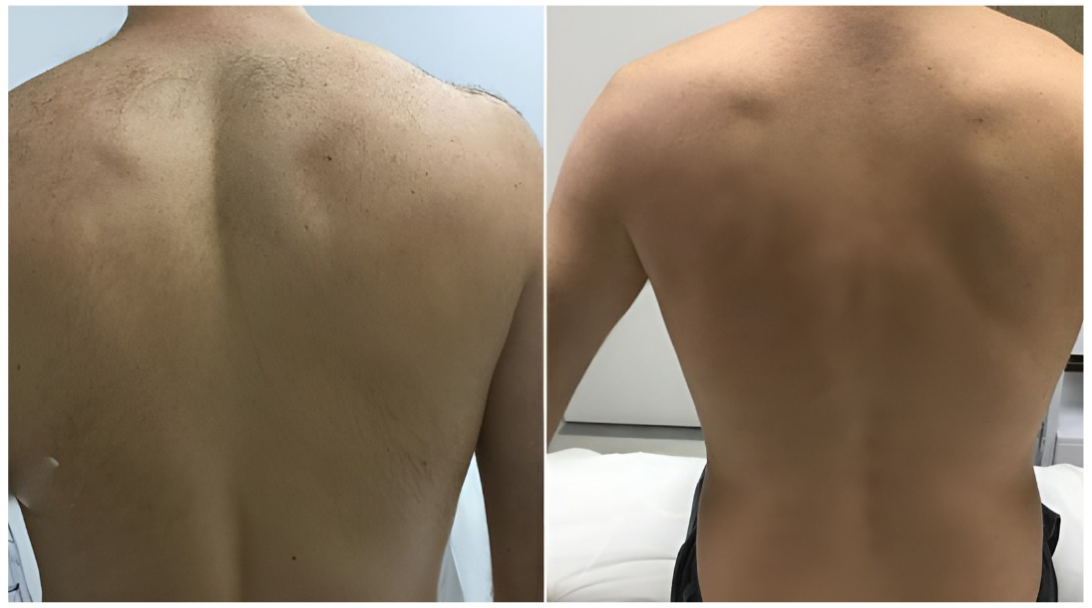
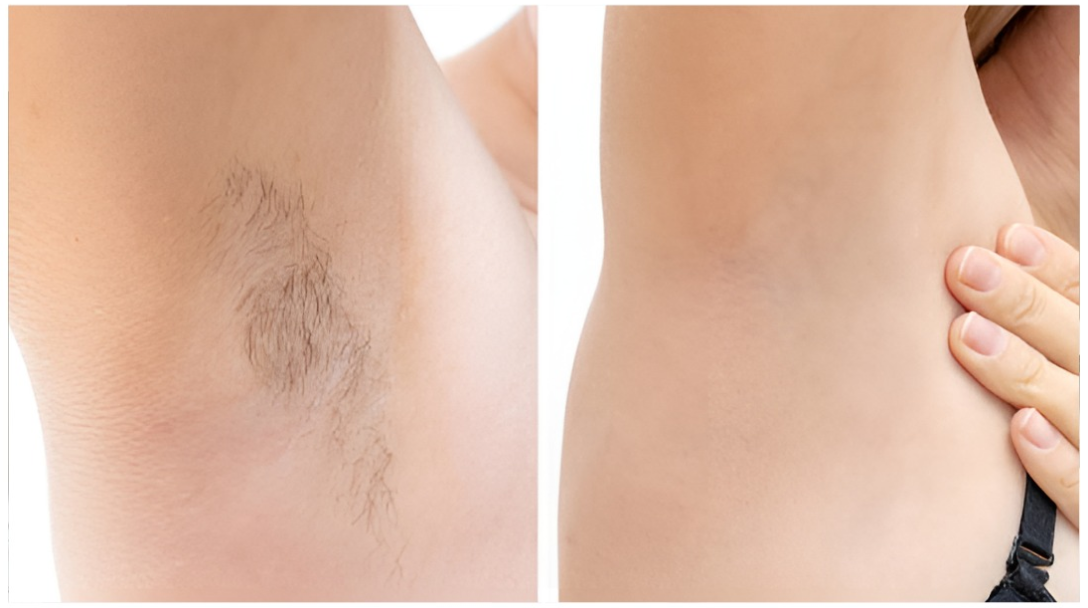
360° Care
Everything Under One Roof
We care for
Your Comfort
Experience
You can trust
Patient
Approach
Modern
Technology
Comprehensive
Services
Featured Article
Choosing the Best Teeth Whitening Method for Your Smile A....Read More
Arthritis affects millions worldwide, yet myths and misconceptions often cloud....Read More
Understanding High Blood Pressure: Symptoms, When to Seek Physician Help....Read More
The Impact of Contraceptives on Women’s Health and Empowerment Contraceptives....Read More
Recognizing GI Bleeding Symptoms: A Comprehensive Guide Gastrointestinal (GI)....Read More
Finding Comfort in Adversity: Navigating ALS with Palliative Care Expertise....Read More







